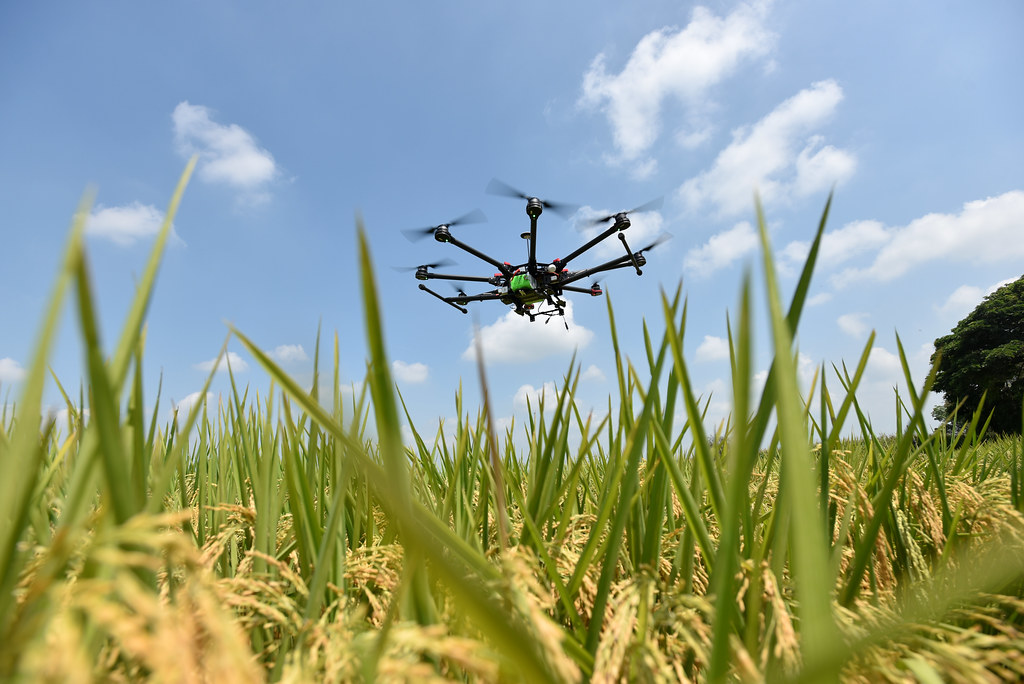-
RAAF
Contributing to the implementation of the Regional Agricultural Policy
RAAF Approach is essentially based on getting things done.
-
Thematics

Thematic areas
The implementation of the Regional Agricultural Policy (ECOWAP) is built around nine thematic areas.
-
Projects
- Renforcement des capacités pour la mise en œuvre de l’ECOWAP en Afrique de l’ouest
- At the end of PRAPS-1, which achieved significant progress in relation to most of the issues relating to animal health, sustainable management of rangelands and pastoral resources, livestock trade, and prevention and management of pastoral crises, the Wor
- Fruit flies are a major problem for the horticultural sector in West African countries. They destroy 50 to 80% of fruit production.
- The Global Climate Change Alliance Plus (GCCA+) is the second phase of an initiative of the same name launched by the European Commission in 2008
- West Africa is one of the most vulnerable regions in the world.
- Renforcement des capacités pour la mise en œuvre de l’ECOWAP en Afrique de l’ouest
- West Africa is facing three major challenges: (i) structural food and nutritional insecurity, (ii) the effects of climate change (droughts, aridity, floods, etc.), (iii) salinization and physico-chemical degradation of agricultural land.
-
News
Follow our news and events
-
Resources
Contents
More information on our work.
-
Multimedias
Interaction
Audio-visual based communication
-
Opportunities
Get Involved
- Portals
After several months of alert, the risks of the Desert Locust invasion in West Africa are becoming clearer and clearer. At the same time, the Fall Armyworm attacking cereal crops, maize, is now present in most countries of the region. Without a rapid response, these two threats could severely affect crops and pastures, increase food dependency, and increase the vulnerability of populations to food and nutrition insecurity.
The coronavirus health crisis and civil insecurity in the region are compounded by the threat of an imminent invasion of desert locusts and Fall armyworms. Available data indicated that locusts were expected to arrive in Chad at the end of June. The entire West African region could be impacted, as they reproduce rapidly in the Sahel. These locusts will cause severe damage to pastures and rain-fed subsistence crops with serious threats to crops.
An estimated 9.3 million more people could be moved into phase 3 and beyond (crisis to worse) of the Harmonized Framework from June 2020, bringing the number of people in crisis in the locust-prone areas of analysis to 26.3 million: Chad, Cameroon, Niger, Nigeria, Burkina Faso, Mali, Senegal, the Gambia and Mauritania.
This other regional concern led ECOWAS to urgently convene on 10th June a ministerial meeting by videoconference on the locust threat and the armyworm in West Africa and the Sahel, in collaboration with the UEMOA Commission, CILSS, FAO and the Desert Locust Control Commission (CLCPRO).
Discussions thus made it possible to reach a consensus on the diagnosis of the risks of invasion and on the content of the response: (i) monitoring and warning, (ii) preparation of intervention capacities, (iii) protection of the populations’ livelihoods. This review of the situation also made it possible to agree on the principle of a regional response plan to strengthen the resilience of the populations already weakened by the Covid-19. To this end, countries are invited to send their respective response plans to the ECOWAS Commission without delay. The regional response plan should facilitate the mobilization of financial resources from development partners.
The French Development Agency (AFD) has already allocated an additional 1 million euros to help finance the action plan, bringing its support to the fight against the locust threat to 3 million euros. In addition, as the ECOWAP Donors’ Group Lead, it reiterates its willingness to support ECOWAS in its efforts to coordinate the response at the regional level. As for the World Bank, it avails to Africa an envelope of five hundred (500) million US dollars to develop prevention and control. Morocco remains available to respond to any request for assistance from countries. The FAO and the CLCPRO which brings together the frontline countries (North African and Sahelian) have already released US$2 million for the preparation of the fight.
The conclusions of this ministerial meeting will further refine the response plan already developed by FAO and CLCPRO costing between US$50 and US$75 million and based on three main intervention areas, namely (i) curbing the spread of the desert locust, (ii) protecting the livelihoods and early recovery of the vulnerable populations and (iii) coordinating the response.
Concerning the Fall armyworms, the meeting recommends that efforts be redoubled to mobilize available resources from financial partners, including the African Development Bank.
In view of the efforts made by most countries, research, training and support to producers, sharing of good practices, pooling of research results, revitalization of the regional monitoring system, among others, are important areas of cooperation to be promoted.
Read more...
- Livestock farming and pastoralismPublication date:
- Climate change
- Climate change